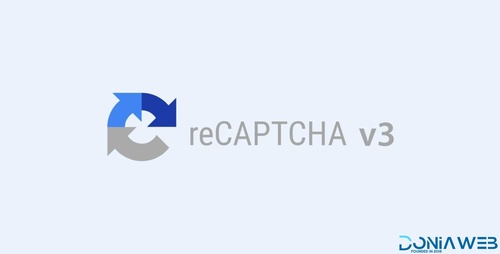Do not create multi-accounts, you will be blocked!
Megalo Web Services - Screaming Frog SEO Spider v19.2
Featured Replies
Recently Browsing 0
- No registered users viewing this page.
Latest Updated Files
-
66biolinks - Bio Links, URL Shortener, QR Codes & Web Tools (SAAS) [Extended License]

- 56 Purchases
- 70 Comments
-
Free Fire AI Tournament App Design
- 5 Downloads
- 0 Comments
-
WordPress Automatic Plugin 1904470 By ValvePress

- 4 Downloads
- 0 Comments
-
Enfold - Responsive Multi-Purpose Theme

- 6 Downloads
- 0 Comments
-
ListingPro - Best WordPress Directory Theme

- 21 Downloads
- 0 Comments
-
Gravity Forms reCaptcha Add-On

- 6 Downloads
- 0 Comments
-
Bit Social PRO - Advanced Social Media Schedule & Auto Poster Plugin

- 30 Downloads
- 0 Comments
-
The Events Calendar Pro Event Tickets Plus Addon

- 5 Downloads
- 0 Comments
-
Brave - Drag n Drop WordPress Popup, Optin, Lead Gen & Survey Builders

- 10 Downloads
- 0 Comments
-
Bricks Ultimate - Ultimate Tools for Bricks Builder

- 8 Downloads
- 0 Comments
-
GravityView - Display Gravity Forms Entries on Your Websites

- 7 Downloads
- 0 Comments
-
Woocurrency by Woobewoo PRO

- 4 Downloads
- 0 Comments
-
Woo Product Filter PRO By WooBeWoo

- 11 Downloads
- 0 Comments
-
Gravity Forms Tooltips Add-On

- 1 Downloads
- 0 Comments
-
Gravity Forms Image Choices Add-On By JetSloth

- 7 Downloads
- 0 Comments
-
Gravity Forms Color Picker Add-On

- 1 Downloads
- 0 Comments
-
Gravity Forms Bulk Actions Add-On

- 3 Downloads
- 0 Comments
-
SaleBot - WhatsApp And Telegram Marketing SaaS + Addon + Flutter App for Android and iOS [Extended License]

- 0 Purchases
- 0 Comments
-
Masterstudy - Education WordPress Theme
.thumb.png.3f1bfda123fc58625543809c573aeff2.png)
- 62 Downloads
- 0 Comments
-
Woffice - Intranet, Extranet and Project Management WordPress Theme

- 42 Downloads
- 0 Comments









Join the conversation
You can post now and register later. If you have an account, sign in now to post with your account.